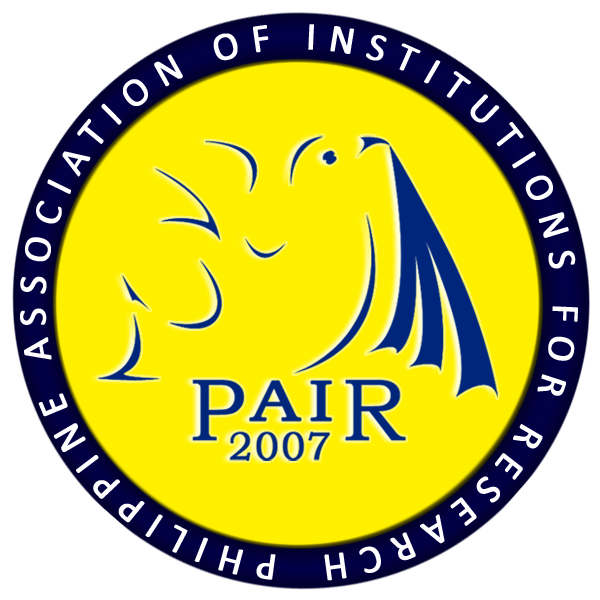Phytochemical Screening and Antibacterial Activity of the Selected Species of Mangroves
DOI:
https://doi.org/10.7719/jpair.v49i1.640Keywords:
methanolic extract, mangrove, antibacterial sensitivity, phytochemical analysis, avincennia marina, sonneratia alba, rhizophora apiculataAbstract
As a productive ecosystem component, mangroves provide critical services to humankind. Mangroves may be a source of antibacterial compounds that could be used as a natural treatment for managing bacterial infections. This study determined the phytochemical constituents of leaf extracts of three selected mangrove species Avicennia marina (Bungalon), Rhizophora apiculata (Bakhaw), and Sonneratia alba (Pagatpat), using the Test-tube Method and antibacterial sensitivity using an Agar Well-Diffusion Method found in the coastal areas of Talisay City, Negros Occidental, Philippines. The results showed that the three species of mangroves leaf methanolic extracts exhibit susceptibility to antibacterial properties against S. aureus; it was observed that S. alba has the highest inhibitory effect on S. aureus among the three selected mangrove species. There was a significant difference between the positive control (Linezolid 30 mcg) and the methanolic crude extract of R. apiculata (MD = 27.97, p < 0.01), A. marina (MD = 24.37, p < 0.01), and S. alba (MD = 23.09, p < 0.01). On the contrary, A. marina and S. alba did not differ significantly with p= 0.172; this means that the antibacterial activity of methanolic crude extracts of A. marina and S. alba are comparable but significantly differ with the positive control (Linezolid 30 mcg). The qualitative phytochemical analyses of the three species of mangroves' leaf methanolic extracts showed flavonoids, phenols, saponins, and tannins. Terpenoids were present only on R. apiculata.
Downloads
References
Abioye, E. O., Akinpelu, D. A., Aiyegoro, O. A., Adegboye, M. F., Oni, M. O., & Okoh, A. I. (2013). Preliminary phytochemical screening and antibacterial properties of crude stem bark extracts and fractions of Parkia biglobosa (Jacq.). Molecules, 18(7), 8485-8499.
Downloads
Published
Issue
Section
License
Copyright (c) 2022 Jose Haydee D. Baldevia Jr., Ricky B. Acanto, Marjohn Thomas N. Conlu, Mary Grace F. Langcoy, Susan V. Lirazan, Julie Ann B. Mario

This work is licensed under a Creative Commons Attribution-NonCommercial 4.0 International License.
Open Access. This article published by JPAIR Multidisciplinary Research is licensed under a Creative Commons Attribution-Noncommercial 4.0 International (CC BY-NC 4.0). You are free to share (copy and redistribute the material in any medium or format) and adapt (remix, transform, and build upon the material). Under the following terms, you must give appropriate credit, provide a link to the license, and indicate if changes were made. You may do so in any reasonable manner, but not in any way that suggests the licensor endorses you or your use. You may not use the material for commercial purposes.




















